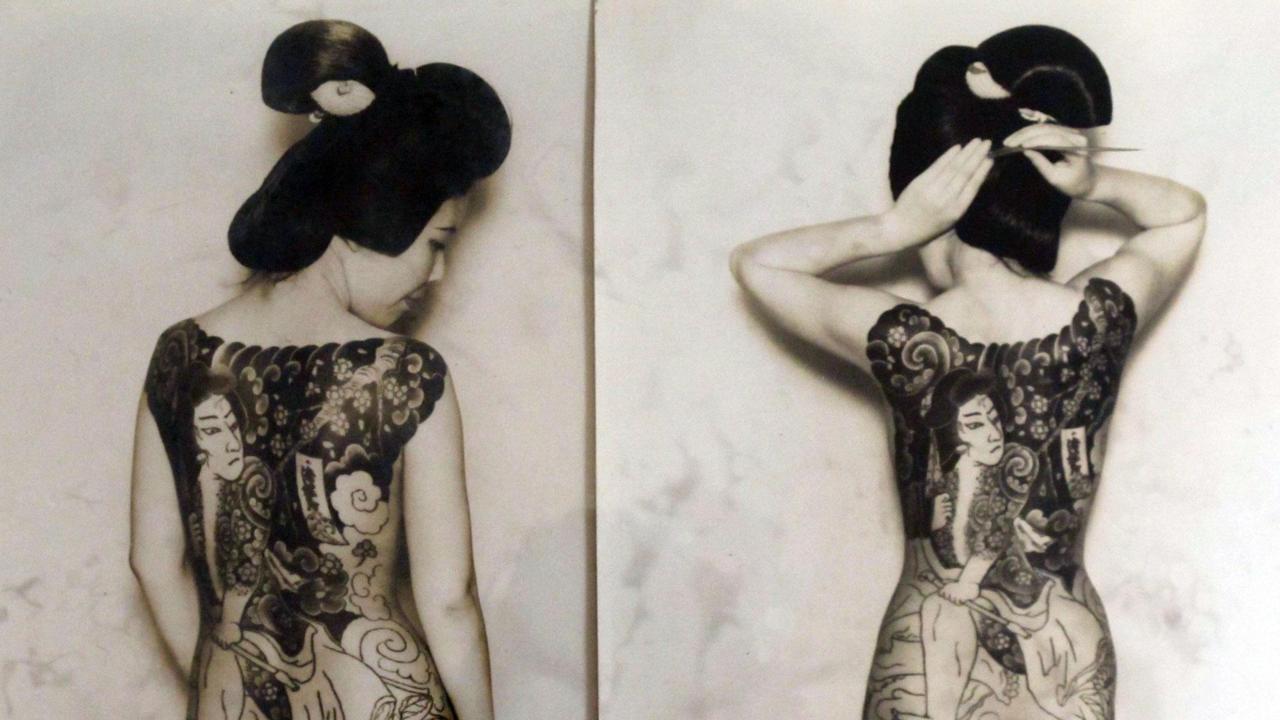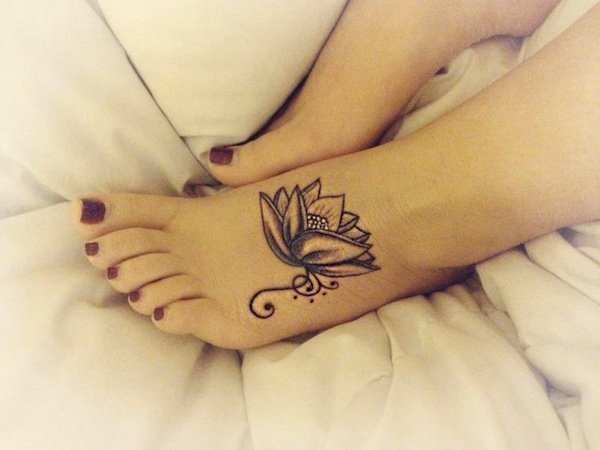Tattooing in Japan is a very old art, having gone through several phases and prohibitions.
It was considered a kind of punishment for criminals, a source of pride for warriors, proof of courage and identification for gangsters and even a way for the popular class to express itself against repression.
The Japanese expression for their ancient tattoo method is tebori, which means "tattoo by hand", and the word for a tattoo made by the tebori method is horimono. Another older but common word for tattooing in Japanese is Irezumi, meaning ?tattooed as a punishment?
Well known for printing entire bodies from the yakuzafamous Japanese mafia.
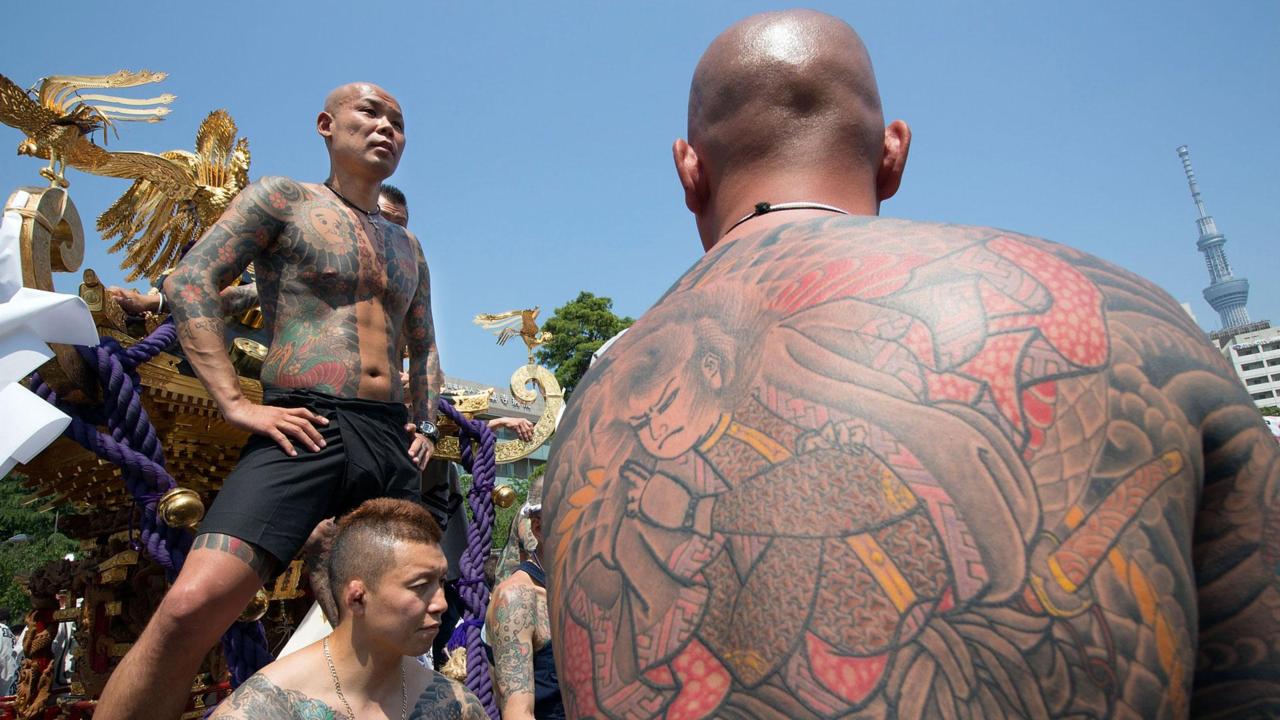
The group displays his tattoo, to show that he joined the mafia pledging honour and respect to it, being able to give his own life for society.
It is an art that has been perfected over time. It originated from woodblock paintings of the old Edo period (1804-1868).
In the Edo period (XVIII century), with the great Japanese growth, the tattoo gained space as an art form. Traditional watercolour images, pieces of wood and book figures were used as models, and as a result of a lot of patience and pain, a beautiful tattoo was created.
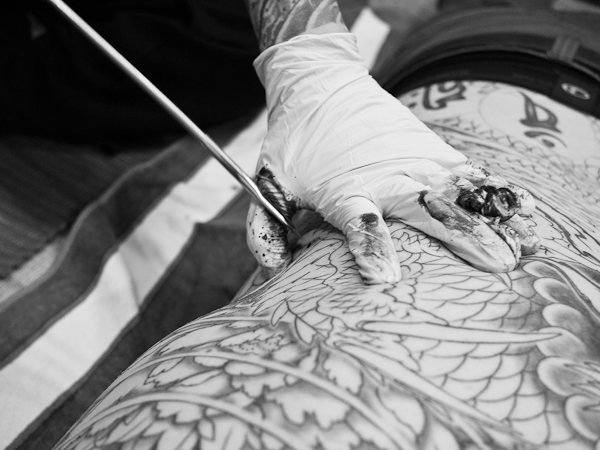
The technique is called tebori which means to carve, to engrave with the hands.
The method of penetration into the skin with his hand is the same as with a tattoo machine, with the difference that the capillary action of the skin opening is different. According to many enthusiasts tebori, it does not do tissue damage, as much as is possible with an electric needle.
But how does it work? The difference between machine tattooing and Tebori is that Tebori is done in a handmade way, from the preparation of the dyes and the needles to the method of inserting the ink on the skin. Instead of machines that work with electric current, Tebori is done with bamboo, wood or ivory stems. Two, three, or five needles are used to make the finest contour lines. For thicker lines 10 to 12 needles are used. In black filling and shading known as Bokashi 20 to 30 needles are used in 3 rows.
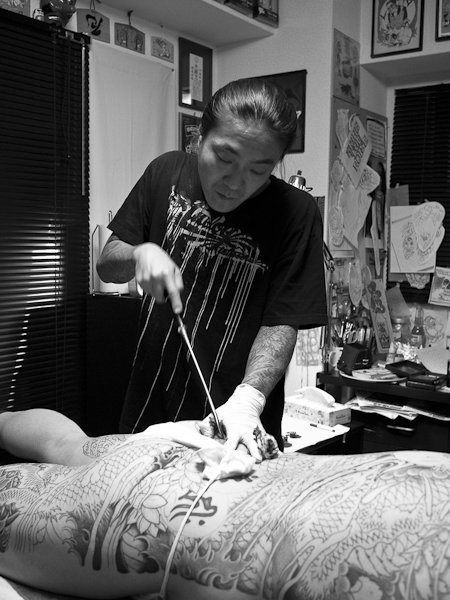
The pigments used by Japanese tattoo artists come from plants, when the desire is for colour in shades of grey, a Japanese stone called sumi-ê. To obtain the greyish pigment, the stone is ground into powder and mixed with water. The rod is dipped in the pigments and then the artist begins to pierce the skin, giving the shape to the design.
In Brazil, there are few tattooists using this method.

